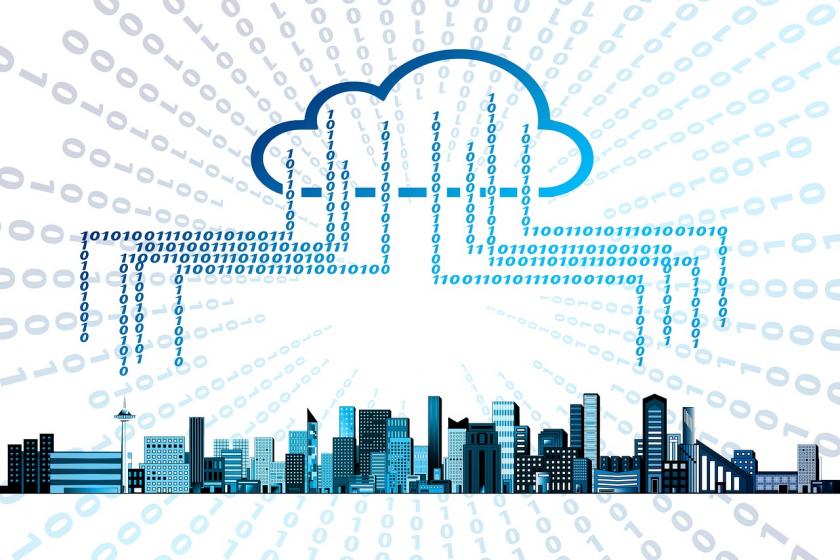Cloud PCs: From DIY to SaaS
A SaaS approach to DaaS can deliver maximum uptime at a fraction of the cost of DIY cloud desktops.
October 1, 2021

Cloud computing saw massive growth last year as employees around the globe were sent home to work remotely. Desktop-as-a-Service (DaaS), in particular, gained significant traction in 2020, and market size was estimated to increase 95.4% to $1.2 billion. Companies looking for a long-term strategy for remote work and digital transformation – but that haven’t yet adopted cloud desktops – have an ever-increasing marketplace to choose from. When it comes to DaaS, there are some key differences that you need to know to make an informed decision about the best option for your business.
What DIY really means
Many vendors offer both data center and cloud-based components for do-it-yourself virtual desktops that customers or managed service providers (MSPs) license, assemble and manage on top of hyper-scale public cloud infrastructures like Microsoft Azure or Google Cloud. IT must have a very good understanding of the scope of the project because they'll have to do everything themselves – or hire consultants.
To build out a system for delivering cloud desktops, IT must architect and deploy the necessary components such as brokers, compute, storage, networking, profile management, monitoring, and more. This requires deep skillsets that many organizations lack in-house. Further, in the cloud, these components are layered on top of infrastructure where IT has no control over the changes made. A single update by the cloud provider to a security policy or component driver can impact availability of virtual desktops, resulting in end-user downtime and loss of productivity.
The SaaS difference
But when it comes to performance, availability, security, and operational simplicity, a cloud-native SaaS solution with the right architecture can deliver consistency across customers and global locations. The SaaS vendor maintains control of all elements of the platform, which means it can quickly deliver the benefits of new innovations and features to all customers.
Though all these characteristics can apply to any SaaS offering, it takes on a whole new level of meaning for DaaS. A SaaS-based cloud desktop solution can help customers securely support remote work with very little effort from IT.
Optimizing cost and SLA
With a do-it-yourself cloud desktop project, a primary challenge is determining if you have the necessary skillsets. The first question to ask is: Do we have the tools, people, and processes to optimize virtual desktop costs? The total cost of ownership in the cloud can vary by region and is also dependent on whether the tools you use can take advantage of the capabilities offered by the cloud provider. Not understanding these details can result in highly unpredictable pricing that is far more than the ‘list price’ offered by a vendor’s pricing calculator.
The second question is: Do we have the tools, people, and processes to deliver the best service SLA? Let’s say an end user can’t connect to their virtual desktop or is getting poor performance. Do you have the tools, people, and processes to detect the problem? Can you determine the root cause? How quickly can you resolve it?
To deliver a cloud desktop service with the very best reliability and high availability, there are multiple services that need to be coordinated. Make sure you ask your DaaS provider how deeply instrumented their solution is. As you calculate the total cost of ownership for your solution, consider the cost of lost productivity in the event desktops are unavailable.
Decision time
As the shift to remote work has required some form of DaaS, organizations have had the opportunity to consider their options. The DIY approach to DaaS is inconsistent and resource-intensive.
Why gather the parts for a car and build it yourself when you can buy one that’s already been built and continually refined and optimized? A SaaS approach to DaaS can deliver maximum uptime at a fraction of the cost of DIY cloud desktops. Consider these points as you look for the solution that meets your DaaS needs.
Amitabh Sinha is CEO of Workspot.

